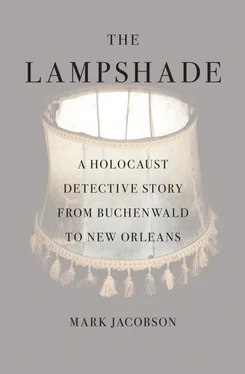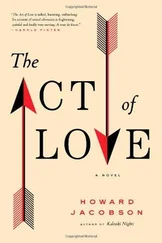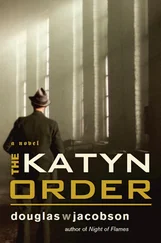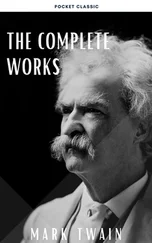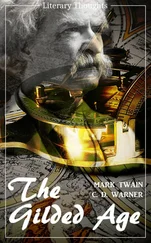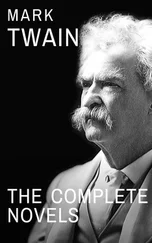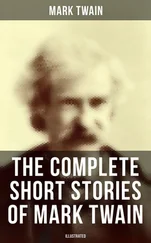I asked Bauer about the “ownership” of the lampshade. If it was made from a human being, as the science indicated, who did it belong to? Was it possible for anyone or any entity to claim title to something like the lampshade?
“Who does it belong to?” Bauer wrote back. “I am no expert on legal issues like that, but clearly it belongs to you, at the moment at least, and you are perfectly entitled to do with it whatever you think fit. However, if what we both fear—that it comes from a camp—can be proved beyond a shadow of a doubt, perhaps it can be said to belong to the Jewish people. And in that case it should be at Yad Vashem.”
On the phone Bauer said he had an upcoming dinner date with his longtime colleague Avner Shalev, the former Israel Defense Forces brigadier general and current Yad Vashem chairman. “I will talk to him about it,” Bauer said. If Mr. Shalev agreed, as Bauer felt he probably would, it might be possible for Yad Vashem to undertake some further testing on the lampshade. I could either ship the lampshade or, better yet, bring it myself. Jerusalem was quite nice in the fall, at least after the High Holy Days and the rest of the Jewish holidays, which Bauer, a noted atheist, called “endless.”
If I could see my way to bringing the lampshade to Jerusalem, Dr. Bauer said, we could discuss it over a cup of coffee. “I know I would like to see it.”
If Yad Vashem would accept the lampshade, that would be that. Who could claim that by handing the lampshade over to the ultimate Holocaust authority, headquartered smack-dab in the middle of the Holy Land, I had not fulfilled my solemn responsibilities? Yet as I packed my bags, cold feet set in.
There had been some changes regarding the lampshade, and my relationship to it. For one thing, it was no longer in the box with the Sugar Ray Robinson stamps. If I was going to travel sixty-five hundred miles with the shade as a piece of carry-on luggage, it would need a sturdier container. An antique and art shipper on the Brooklyn-Queens border said he could make a nice box with a foam-core interior. I brought the shade to his shop; he took one look at it and asked what animal it was. There were several new laws on the books pertaining to shipments of animal products; he was not interested in having anything to do with the skins that might have come from an endangered species. Not to worry, I told him, probably a tad too flippantly, this species was not endangered. Far from it.
“Not endangered—I was afraid of that,” the box maker said, turning a bit pale. After a pause he said that even though his services usually included packing the item, he could not do so in this case. He would make the box, that’s all. I would have to pack it myself and pay cash. A couple of days later the box was ready and I went to pick it up. It was snow white with a bloodred handle affixed to the top. Was this the only color he had, or was it commentary?
I never knew how people were going to react to the lampshade. I’d been talking with “Mr. Paul,” a high-end lighting designer from India, who worked with Hugo Ramirez, the Argentine-born owner of a marvel-filled antique lighting store on East Fifty-ninth Street in Manhattan. Mr. Paul and Hugo Ramirez were fascinated by the human skin lampshade. They spent a good deal of time examining it, and had a few disagreements about its construction, notably whether the stitches that joined the skin panels together had been done by hand or machine. Ramirez felt a machine had been used. Mr. Paul, pointing to the varying spacing between the stitches in certain spots, insisted that the shade was hand-sewn. Their debate grew louder by the moment, causing uneasy looks among the browsers in Ramirez’s store.
In the cause of further research, Mr. Paul suggested we drive out to East New York in Brooklyn to talk to Eppie G., who learned to make lampshades from animal skins in her mountain village in Ecuador. A tiny, dark-haired woman in her fifties with a no-nonsense, market-lady demeanor, Eppie looked over the lampshade, noting the “greasy” feel of the panels. She wanted to know which animal it was made from. When I broke the news to her, she screamed and ran out of the house, leaving the front door wide open to the winter air.
It was several minutes before she returned. Now totally calm and businesslike, she said, in Spanish, “I would cut the pieces from the back and the belly, because you cannot use one piece. You tan it… in the sun, then you cut. With a big knife.” She went through the whole process with a craftswoman’s precision, as if it were just another job she’d done a dozen times.
If there was one thing everyone agreed on, it was that I was insane to keep the shade at my house. How could I stand to be around the thing? After a while, if someone asked where the shade was, I’d lie and say it was in a storage unit or a safe-deposit box. It was simply too hard to explain that after a while I wanted the lampshade around me. That being away from it didn’t feel right.
Doña Argentina, the Dominican medium in Union City, New Jersey, said the spirit of the lampshade “trusted” me, that “he” placed “his fate” in my hands. But how could you take this sort of talk seriously? Soon after receiving the lampshade from Skip Henderson, I’d stopped in at Priestess Miriam’s spiritualist parlor on Rampart Street in New Orleans. Miriam had a local rep for being able to contact the dead, so I thought I’d try her on the lampshade. The priestess’s storefront is right below the apartment where, in a frightening case, Zackery Bowen, an Iraq War veteran, murdered and dismembered his girlfriend with whom he’d ridden out Katrina. Bowen had kept the body parts in the apartment for days on end. I asked Priestess Miriam about that and she said, somewhat huffily, “That’s upstairs. I pay rent down here.”
In the months since seeing Doña Argentina, I’d grown closer and closer to the “spirit” of the lampshade. Like hurricanes, the shade had acquired a name. “Ziggy,” I called it, a nice German-Jewish name, American for Sigmund, as in Freud. Feeling nervous the night before leaving for Jerusalem, I put Ziggy on my bed and lit one of the candles Doña Argentina had given me. On cue, the flame lurched from a flicker to several inches high.
Watching the glow of the candle flit across the diaphanous surface of the skin shade was to allow the consideration of any number of intellectual and emotional propositions. To paraphrase the Russian “harlequin,” Kurtz’s disciple in Heart of Darkness, the lampshade had “enlarged my mind.” In his presence I was invited to ponder the most basic of Zoroastrian dualities, the distinction between light and dark, which made sense since what was a lampshade (lamp/shade) but a device designed to simultaneously shed and constrain illumination—an interplay of obfuscation and radiance that yielded, for lack of a better term, meaning. Goethe the polymath had tackled similar issues in his major scientific work, A Theory of Colors . Discussing his findings with his faithful secretary and biographer Johann Eckermann as they strolled the Ettersberg forest, the master said, “We see that darkness itself is part of light. It sounds absurd when I express it: but so it is. Colors, which are shadow and the result of shade, are light itself.”
From the beginning, the lampshade had been talking to me, making itself known in small and often oblique ways. It was a conversation I’d gotten used to, grown protective about. There was no way to banish the possible horror scenarios of how the lampshade came to be, the indelible images of the unlucky prisoner plucked from the Buchenwald Appellplatz by a former Dresden secretary on a white horse, the misery of being lain prone on the tiled tabletop in the pathology lab, the shearing blades ripping away skin in sheets, the weeping cobbler working deep into the camp night to add a bit of style to the frame as a loving, if perverse, tribute to a doomed friend who was now to be given as part of a birthday gift to a Nazi Kommandant. If this was the story of the lampshade, so be it. Yet eventually, inevitably, the revulsion, the fear, even vengeful anger faded away before a vast wave of sympathy. The thing had been a person. With the candlelight shooting higher, it was still a person. A human being who had asked me to look out for him and deserved no less.
Читать дальше
